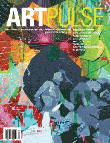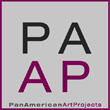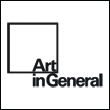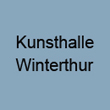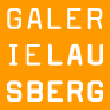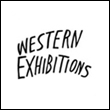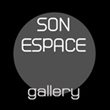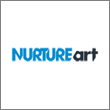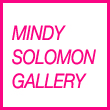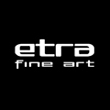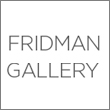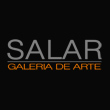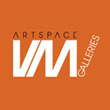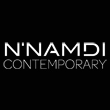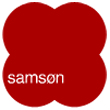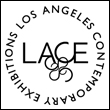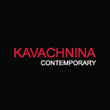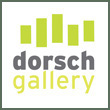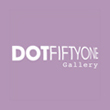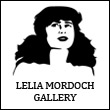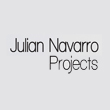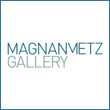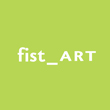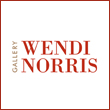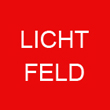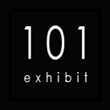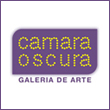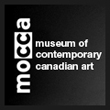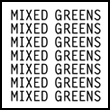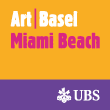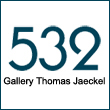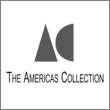« Reviews
Miami’s Art Fairs Week 2009
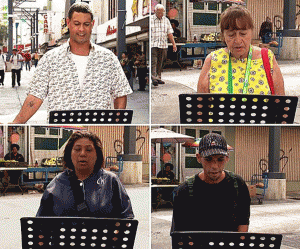
Karlo Andrei Ibarra, Crossover, 2009, Video Projection. Courtesy of the artist and Rica The Gallery, Puerto Rico.
By Cara Despain
Anyone who has been to Miami during Art Basel Miami Beach and its many fringe fairs knows how daunting an endeavor visiting even a fraction of them can be. Even the most dedicated art lover is subject to fatigue and an overwhelming sense of jadedness at times. But let us not forget: although there are art talks, special events, and LOTS of art to see by artists from every career tier, the fairs at their core have a commercial purpose. This is useful in navigating and thinking comparatively when experiencing the global art cyclone. Because they are market-driven phenomena, art fairs are not always the premium venue for viewing. And since exhibitor fees can be in the tens of thousands of dollars, you can expect some prioritizing. This is a good thing to keep in mind when critiquing and analyzing the saturated experience of ABMB weekend-after all the commodity aspect is an intrinsic and inextricable part of the work you see there, like it or not.
It was difficult not to contrast the overall experience with 2007-although 2008 would likely draw a more stark comparison, 2009’s ABMB felt cautious and was largely without flashy oversized works. However, there did seem to be a resurgence of shiny chrome and mirror sculptures and palpable spending that was prevalent in the boom year before the economic plunge of 2008, but it was less bleak than 2008 and, of course, there were still booths and pieces creating a buzz, which revealed that the acquisitive atmosphere was slowly returning. Deitch Projects (whose director Jeffery Deitch has since been appointed director of L.A. MoCA), home to the much discussed and anticipated unveiling of Kehinde Wiley’s bizarre and gigantic equestrian painting of Michael Jackson commissioned by Jackson himself (which sold during the fair for a perhaps less inflated than expected $175,000), did not seem to be particularly lacking in interested visitors. Collectors returned and buyers were buying once more-albeit with a more circumspect approach. Confidence was creeping back in after improvement at the New York auctions several weeks prior, and that seemed to be true for nearly all of the fairs. This seems partly due to a reconfiguration of the market, a readjustment in value and a shift toward monetary modesty and away from inflation. It explains the dominant presence of blue-chip modern and contemporary artists, and the decreased presence of more risky or lesser-known emerging artists at Basel. Art Nova (formerly Supernova) made this all the more evident with a comparatively lack-luster offering; however, in a still slightly trepidacious market, that is to be expected to a certain extent.
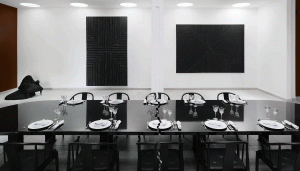
Michael Elmgreen & Ingar Dragset, Table for Bergam, 2009, Galleria Massimo De Carlo, Milano. Courtesy MCH Swiss Exhibition (Basel/Zurich) Ltd.
The layout of Art Basel itself was significantly different; the square footage increased; Art Nova was no longer secluded; the shipping containers on the beach were no more (Art Positions moved inside the fair); and everything was self-contained-in the nucleus of the convention center was Art Salon, a spa (a somewhat preemptive sign of a recovering economy?), and art magazine booths. It felt rather sprawling and labyrinthine, and you could go through entire sections without seeing much worthwhile, only to end up where you started; leaving you with a feeling not unlike the one the clever and puzzling 5 Rooms installation by Jasper Niens at NADA delivered. But there were also better sections and gems peppered throughout. Sperone Westwater, with Evan Penny’s dimension-bending, hyper-realistic oversized busts, created a sort of freak show attraction. Art Positions, the section reserved for newer, emerging galleries perhaps predictably had some of the fresher offerings. Some of the extra-convention center works attracted a lot of visitors, such as Christina Lei Rodriguez’s geodesic dome and a smattering of beachfront sculptures and installations. Form followed function for Art Basel. There was significantly less video, almost no performance, and things in 3D were generally more timid, although much of the contemporary sculpture that was present did seem well considered. Much of the politics seemed to be saved for exhibitions around town that were not necessarily affiliated with a fair, but neither Basel nor the others were entirely devoid of political issues. To the contrary, the project by the Puerto Rican, Karlo Andrei Ibarra, at Rica Gallery in Photo Miami was comprised of four pieces, which revolved around aspects such as: Puerto Rican independence, its identity as a nation and the cultural shift experienced by the island individual, who must constantly split himself between two cultures and languages. Of note within this project is the video Crossover that toys with the etymology of this word, which is frequently used to define the movement from one language to another, from one culture to another. The artist uses it with a certain touch of irony to demonstrate how many boricuas, who wish to assimilate American culture, often do not know the language of the country they wish to integrate.
Due to their smaller size, cheaper booth fees, and less pressurized atmospheres, the smaller fairs are more agile; they are less at the mercy of the market, and in a sense to that of art world expectations–generally speaking. The result, in the case of NADA Art Fair 2009, was a cleaner, more intuitive presentation with more consistency. It was more thoughtfully curated than many of the other fairs. Exhibitors at NADA did not shy away from performance, video and large-scale installations and sculpture. It represented emerging artists in a very complimentary manner; of course, being in the charming and newly renovated, prestigious Deauville Beach Resort only helped. Here too, the confidence of gallerists was noticeable, as sales met and often exceeded expectations-in some cases selling out the booth entirely. It certainly felt like, perhaps in a tie with SCOPE, the most fresh and current in terms of work. Free entrance and ballroom parties enhanced the exciting and youthful emergent atmosphere.
SCOPE reaped the benefits of being in a new venue this year. Gallerists commented on the superior layout and accessibility as opposed to the year prior in the Midtown area. The floor plan largely departed from the white cube model, allowing visitors to navigate more organically through the warehouse space. The work was strong and fell, in some ways, between NADA and Basel, in that it represented more established young artists. It seemed a tad more conceptual in general (exemplified in a major way by Admir Jahic and Comenius Roethlisberger’s erased work For Big Mistakes), and several Miami exhibitors made apt presentations of their artists. The purchasing tenor overall was perhaps toned down a notch from that of NADA or Basel, but then maybe the comparison is irrelevant. Gallerists here tended to engage more with patrons big and small, and genuinely appeared to enjoy the experience; a refreshing break from the buzz, hustle, and frenetic pace of the beach.
Although there was a medium handful of interesting booths, PULSE 2009 felt significantly less streamlined than the others. Despite having several bigger names and notable galleries, the mediocrity of the many brought down even the best presentations and dominated the aftertaste of the experience. It felt a bit more like an arts festival than a fair; somehow the ambiance of the Ice Palace in conjunction with the layout-although this aspect was beyond the control of individual exhibitors-felt less professional, and that did not feel intentional. However, the IMPULSE section, where individuals were given an entire booth to create solo projects for the fair; was a nice, focused group of presentations that other fairs did not zero in on in the same way. The Okay Mountain corner-store installation, complete with take-away faux sale ad and coupon papers, was perhaps the most interesting use of that section.
Although the grim sales of 2008 spooked many, 2009 affirmed that Art Basel Miami Beach and all its tag-along fairs are here to stay. Certainly art, artists, and the resulting world of collection and surveying will never dry up. It is now just an adjusted and changed market. After seeing a year that was too big, and one that was too small, this last one seemed just right.
(December 2 - 6, 2009)
Filed Under: Reviews

